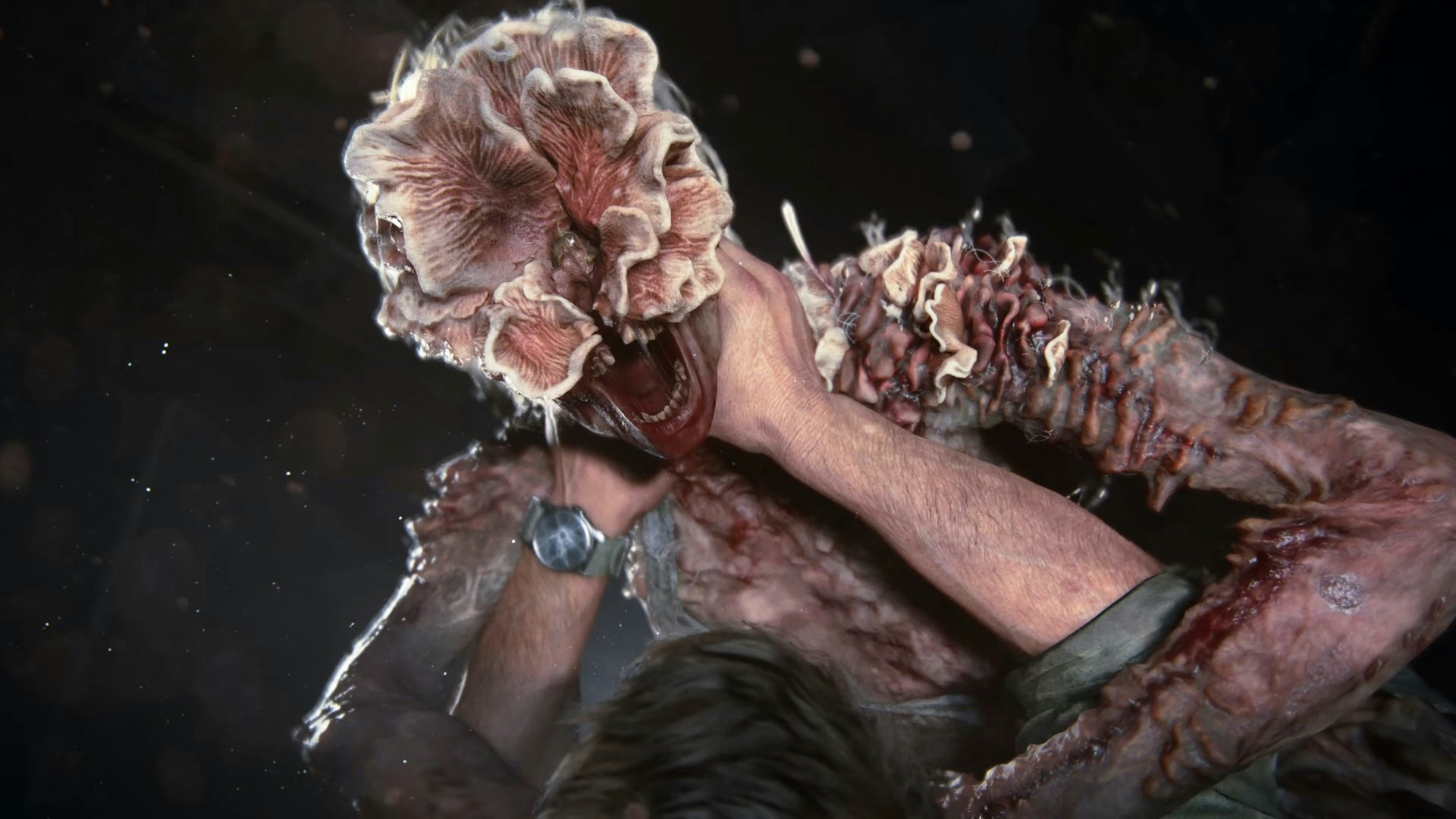
I may hold some kind of speedrunning record for the quickest death in The Last of Us Part I.
Just seconds after taking control of Joel, and mere moments after the game’s gutting introductory sequence, I ambled over to a nearby police officer in the hopes of picking up some ambient world-building — as one does. She promptly shoulder-checked me to the ground. Rude! Naturally, I trotted up to her again to see what would happen.
Within a split second, she shot me in the head with a machine gun. Game over.
It’s the first of many reminders that The Last of Us Part I pulls no punches. Naughty Dog’s post-apocalyptic action game is a meditation on a pandemic, militarized police, and a deeply fractured society. When it first released for the PlayStation 3 back in 2013, TLOU felt like grounded and gritty science fiction. Now it feels like a warning that hits all too close to home. That said, it’s impossible to stop wanting to see what fresh hell comes next.
It’s no secret that The Last of Us is an exceptional game. It has snagged literally hundreds of industry awards. And the PS5 remake, out September 2, is the best possible way to play it. The environments are beautiful, the sound design impeccable, the gameplay relentlessly satisfying. But it’s the singular storytelling and characters that elevate The Last of Us Part I to something far greater than yet another “game of the year” contender. Nine years, a PS4 remaster, and a PS5 remake later, it’s abundantly clear — video games don’t get much better than this.
Beautiful disaster

Our story takes place in 2033, twenty years after a mysterious plague has ravaged humanity, transforming those afflicted into vicious fungal monsters known as Infected. (The game quite deliberately avoids ever using the term zombie, though they are certainly a form of walking dead.) A gruff, middle-aged survivor named Joel crosses paths with a 14-year-old girl named Ellie, who just might hold the secret to humanity’s salvation. The unlikely duo journeys across the ruins of the United States to seek out the research lab of the Fireflies, a morally dubious — and not particularly successful — resistance organization seeking to overthrow the militarized police who wield absolute power over the nation’s Quarantine Zones. (Yes, like the a-hole lady who shot me.)
The Last of Us broke new ground with its stunning visuals in 2013. And now, the remake is easily one of the best-looking games on PlayStation 5, with a remarkable level of nuance to its shattered cityscapes and wildly overgrown suburbs. Everywhere you look is redolent with detail — the stitching on Joel’s jeans, the tatty patches on Ellie’s backpack, the abandoned homes spangled with early 2010s electronics. Many games aspire to create worlds that feel lived in, and Part I achieves that goal with ease, despite the fact that pretty much everyone in this world is dead.
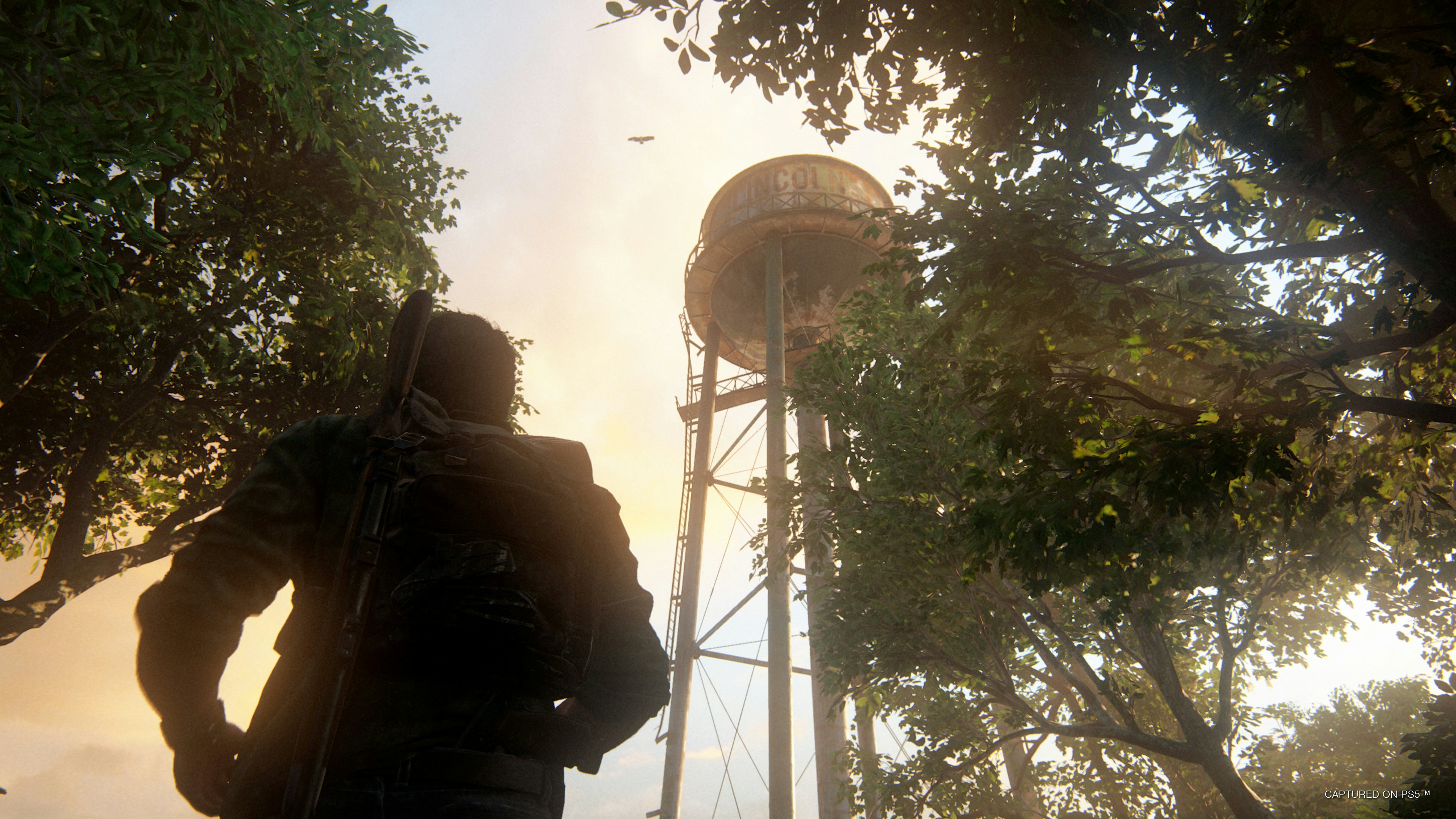
Formidable good looks are actually one of the least compelling reasons to buy this game, especially if you’ve experienced it before. Sony and Naughty Dog have taken quite a lot of heat for charging $70 for this remake. (For those of us geezerly enough to remember $79 or even $99 price tags for Genesis and N64 games during the late ‘90s, it’s a little baffling.) But Part I goes far deeper than a mere visual overhaul, and the overall experience is well worth the cost of admission.
For one thing, the sound design has been enormously improved, with the PS5’s 3D audio functionality allowing you to hear shambling baddies and sneaky grunts above you, behind you, to one side or the other. I have no idea how any of this technology works, nor do I care to. I do know that it feels like magic and adds enormously to the sense of immersion. If you’ve ever considered picking up one of Sony’s Pulse 3D headsets, this is the one you want it for.
Choose your own adventure
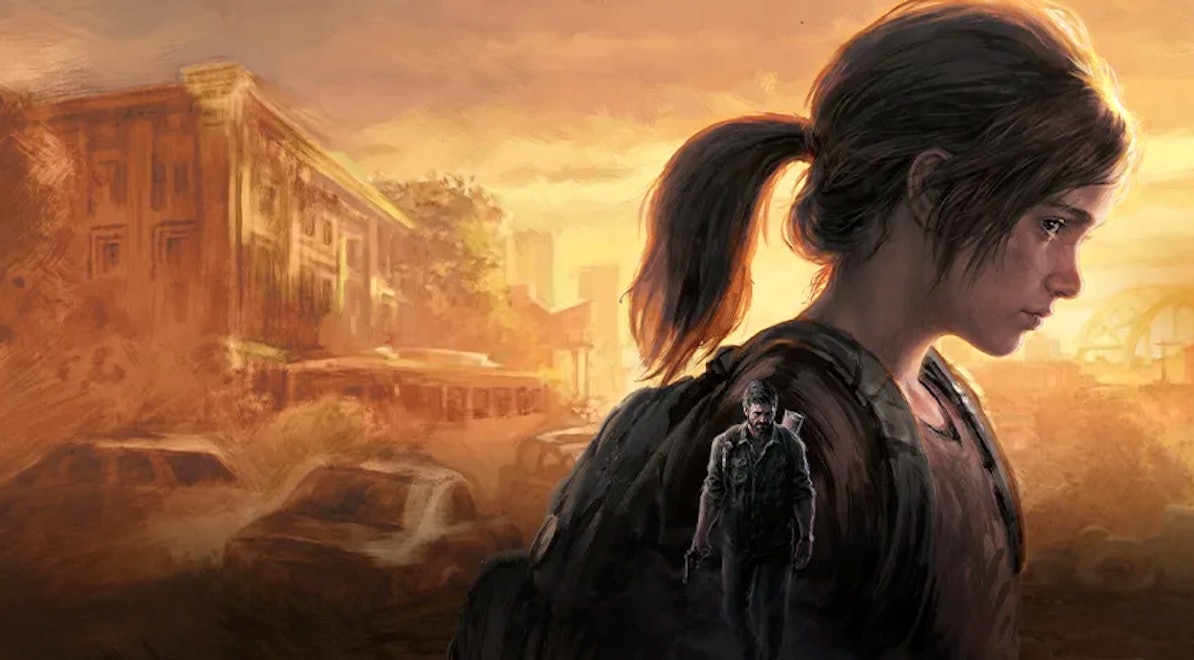
Like its sequel, The Last of Us Part I can be a very challenging experience — both in terms of the emotional weight of its story and the daunting combat. Both are apt reflections of Joel and Ellie’s staggeringly violent world, where one clumsy misstep or fumbled Molotov can result in a swift and gory demise. But that challenge can also be an accessibility barrier, or just a total fun sponge.
Prior to the PS5 remake, I’d played The Last of Us exactly once, and while I enjoyed the heck out of it, I also had a vivid memory of becoming hopelessly stuck on a particular sequence I was not keen to revisit. (It’s the bit where you play as Ellie, attempting to escape from a very, very bad man in a burning hotel, and it’s much more fun in the PS5 version.)
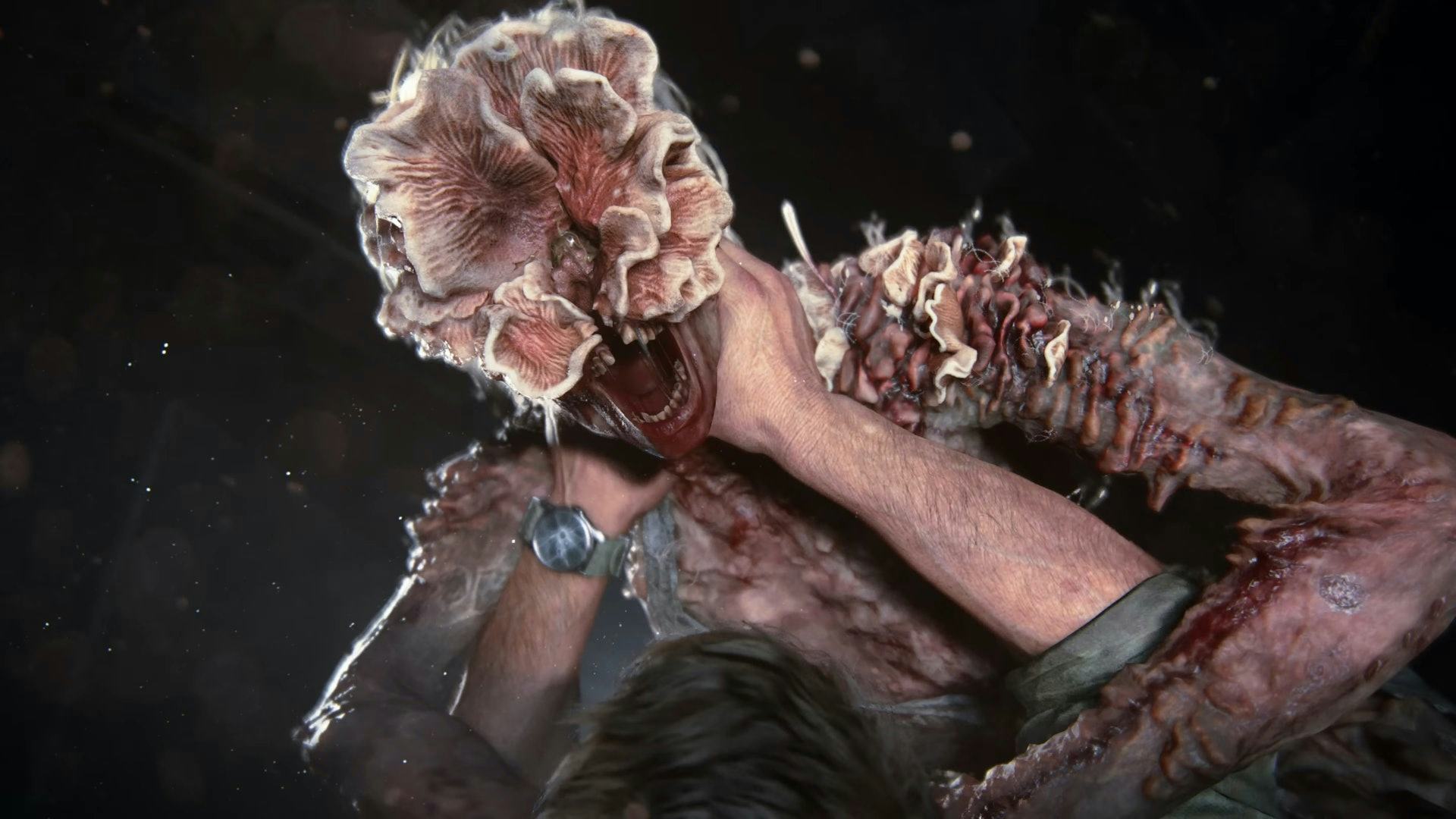
Thankfully, Part I integrates almost all of the 60+ accessibility features of Part II, with the exception of a few features that were specific to scenarios from the sequel. These are groundbreaking innovations for players with motor, visual, and auditory differences. They also make the game a more pleasant, customizable experience for literally anyone else. If you’re up for a meaty challenge, you can enable the permadeath function, make crafting resources and ammo scarce, and render Infected virtually indestructible. If you’re not, you can make your enemies oblivious and transform Joel into an action hero who eats bullets for breakfast.
This freedom to customize the experience goes far deeper than difficulty options. You can automatically pick up nearby items, climb onto ledges, and even skip puzzles entirely. A quick tap of the left joystick will show an arrow pointing you in the proper direction to progress the story. You can change these settings at almost any time. (If you’re in the thick of a battle, you may lose a few minutes of progress to start from a recent checkpoint.) By discreetly eliminating frustration on so many fronts, The Last of Us Part I makes it easy to savor its rewarding combat and peerless storytelling.
About a girl
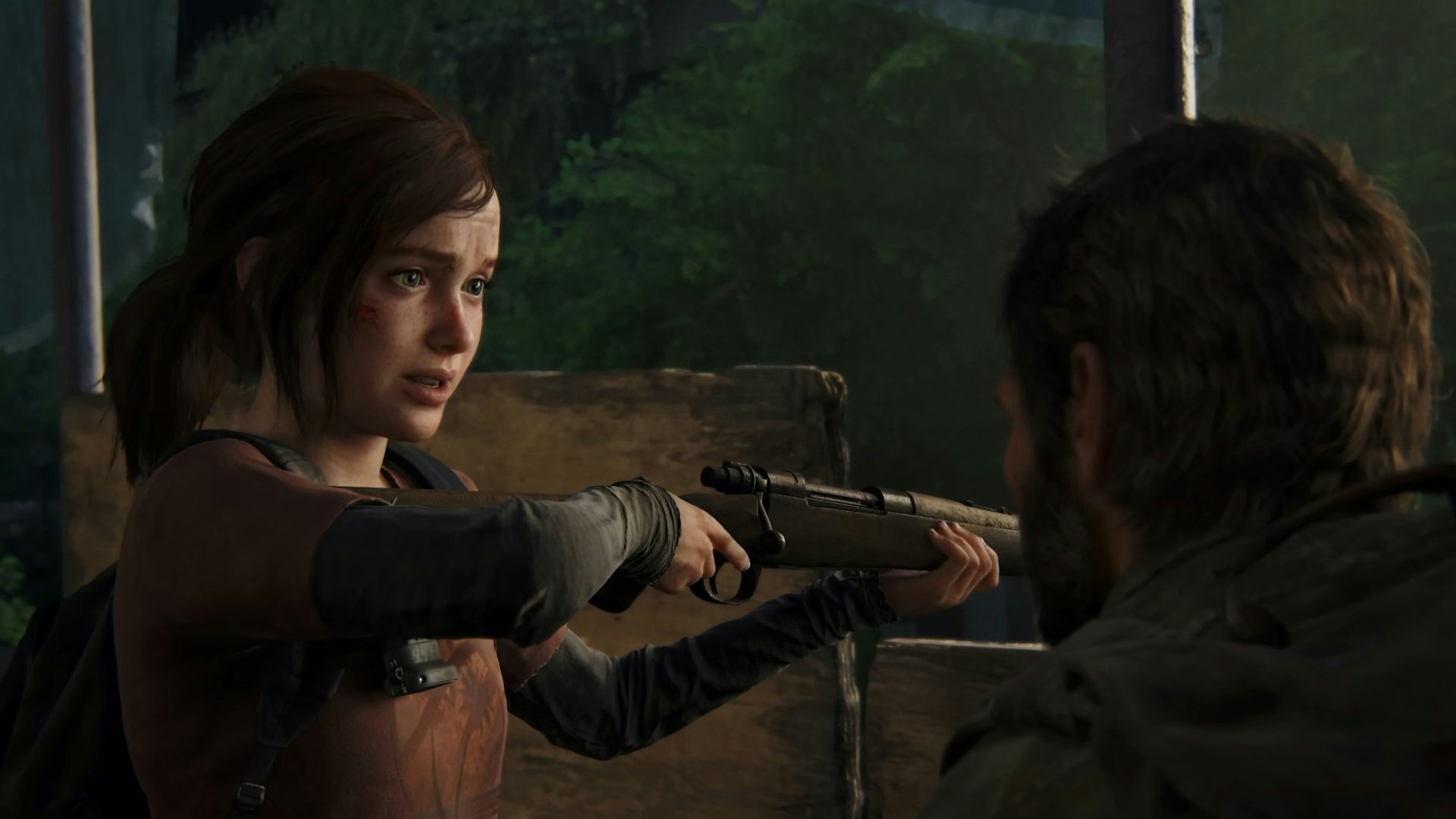
The Last of Us is a beautifully told tale of awful people doing awful things in awful places. It is consistently thrilling, occasionally uplifting, and often very sad. Some people will complain the game feels too linear, a dated series of hallways. Frankly, I expected to feel similarly, but instead I came away impressed by the clear intentionality of the level design and pacing. Nothing here feels like superfluous bloat. If you explore a little, you will usually be rewarded. And once you’ve caught your breath, you move on to the next arena of terror.
Two years after its grueling sequel, it is very clear why the team at Naughty Dog added the Part I to the title. Though the team has not changed the story or script, revisiting The Last of Us reveals just how intrinsically bound it is to its successor — there are echoes and rhymes everywhere. I went into this game knowing precisely what was going to happen. But the why and how it all transpires knocked me off my feet, more than it did the first time.
When Part II came out in March 2020, Joel’s storyline kicked off a massive online debate, most of which was exhausting and gross. As a whole, The Last of Us pulls off a rather ingenious trick, which you won’t realize until well into its second half — this was never really about Joel. Ellie has always been the main character of this story. (Even if marketing execs didn’t want a girl on the box back in 2013.) And her evolution from a comic-book scavenging smartass into a blood-soaked monster weeping on a beach is one of the most captivating stories ever told in a game. Or anywhere else, for that matter.
Unforgettable characters, sky-high stakes, nail-biting action, and impeccable pacing make The Last of Us Part I a superlative gaming experience in every possible sense. At every turn, it’s obvious that the team at Naughty Dog has loved, refined, and obsessed over this story for more than a decade. And thanks to a remarkably deep bench of accessibility features, more players can enjoy it now than ever before.
Will it please everyone? Certainly not. Nevertheless, The Last of Us Part I easily claims a place among the very best games ever made.
10/10
The Last of Us Part I comes to PS5 on September 2. The PC version does not yet have a confirmed release date.
INVERSE VIDEO GAME REVIEW ETHOS: Every Inverse video game review answers two questions: Is this game worth your time? Are you getting what you pay for? We care deeply about how a game’s design, world-building, character arcs, and storytelling come together. Inverse will never punch down, but we aren’t afraid to punch up. We love magic and science fiction in equal measure. And as much as we love experiencing rich stories and worlds through games, we won’t ignore the real-world context in which those games are made.







